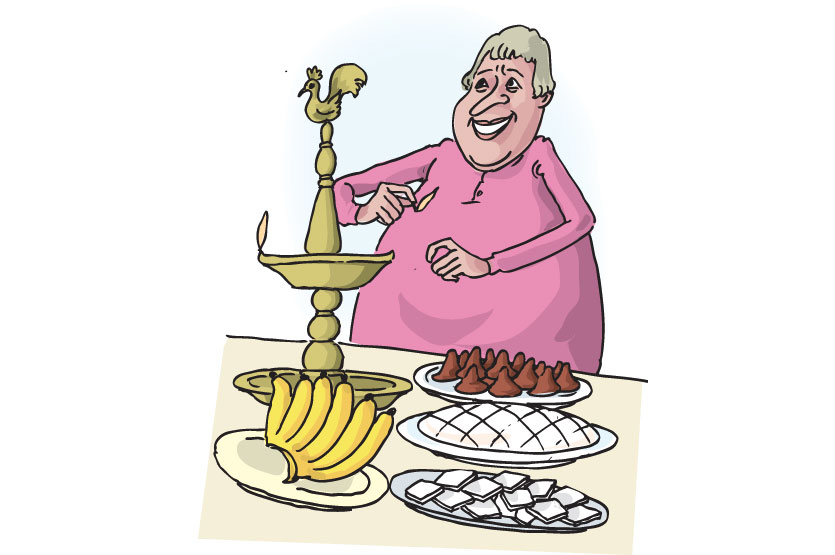Apr 07 2017.
views 565
The sweltering heat is unbearable, with the heatwave seemingly getting worse annually. The school holidays have begun and lots of family holidays have been planned; the credit card deals makes it almost affordable to plan a holiday that could be enjoyed by all.
The familiar sounds of the koha in the morning and the people getting ready for avurudhu to follow all the traditions is visible. Avurudu, celebrated more in the villages than the city observing all the traditional auspicious times, in the month April, represents prosperity in the Sinhalese calendar. It is when the sun moves in an astrological sense from the Meena Rashiya to the Mesha Rashiya in the celestial sphere and is when the Sri Lankan people begin celebrating Sinhala New Year. It marks the end of the harvest season and also coincides with one of two instances when the sun is directly above Sri Lanka.

However, unlike the celebration of the new year at midnight on December 31, the Sinhalese traditional New Year begins at a time determined by astrological calculations. Also unlike 31st night celebrations, where the old year ends at midnight and the new year begins immediately afterwards, the ending of the old year, and the beginning of the new year occur several hours apart from one another, the halfway point is considered as the dawn of the new year. This period is referred to as the Nonagathe. During this time Sri Lankans are, according to tradition, encouraged to refrain from material pursuits, and engage solely in either religious activities or traditional games.
Cultural rituals begin shortly after the beginning of the Sinhalese New Year with the cleaning of the house and lighting of an oil lamp. In some communities, women gather to play upon the rabana to announce the emerging change in the year. The families carry out a variety of rituals in exact timings which are determined by astrological calculations - from lighting the fire to make the kiribath to enterg into the first business transaction and eat the first piece. The rituals vary slightly based on the area. However the fundamentals of the celebrations remain the same. There is also an auspicious colour to wear and this year the colours are white and blue.
The approach of each auspicious time for the various rituvals is signalled by the unmistakable sound of very loud firecrackers, and is an basic part of the celebrations throughout Sri Lanka.
Once the important rituals are done, the partying begins as families mingle in the village. Homes are thrown open and children are let out to play. The ever-present plantain is dished out alongside celebratory feasts of kavum, kokis and all the other sweetmeats. However, the extent of outdoor activities depends largely on the neighbourhood. The suburban communities tend to have such social gatherings than urban or city dwellers. The blossoming of the flowers of the Yak Erabadu is associated with the arrival of the Sinhalese New Year.
0 Comments